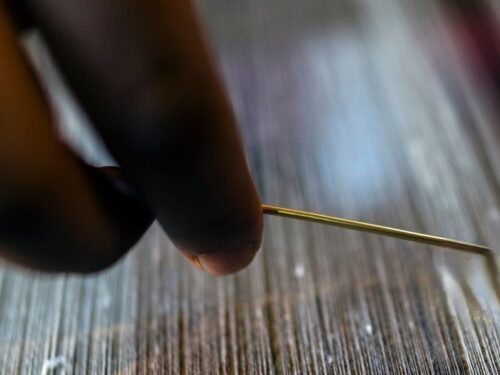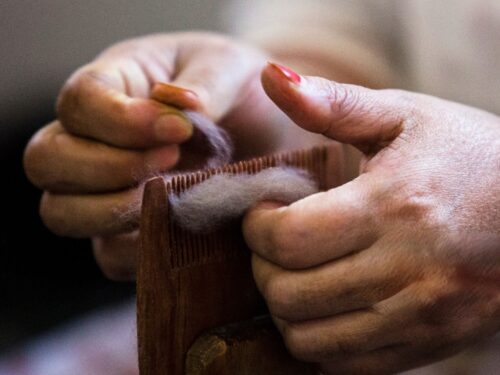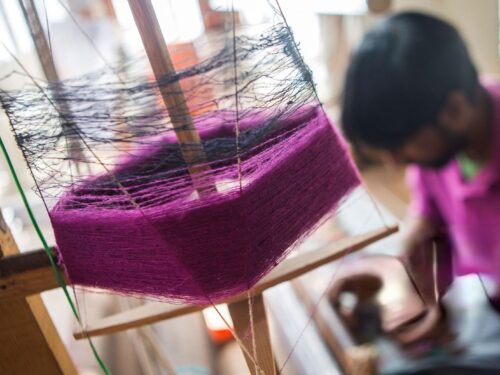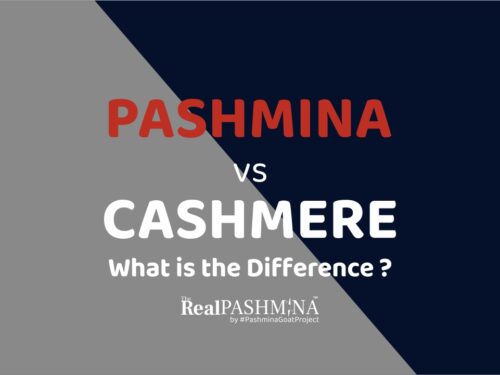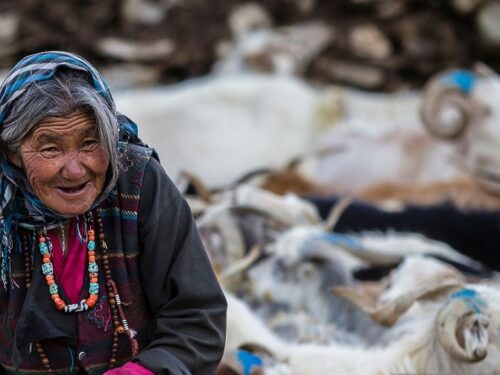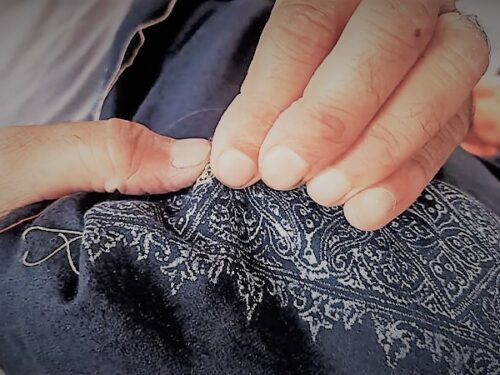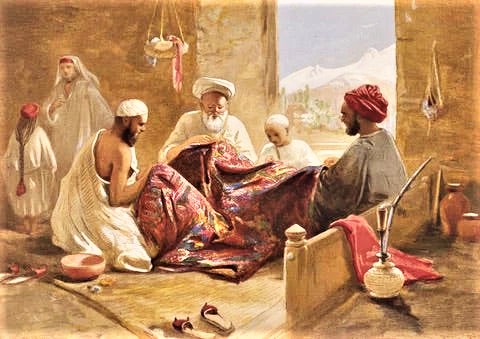
Pashmina
"Fiber of Kings"
has a long and prestegious
history that goes back into
the 15th Century.
Pashmina shawls can be traced all the way back to 15th century India. Zain-ul-Abidin, the sultan of Kashmir at the time, was first introduced by tapestry-woven shawls from Turkistan (present day Turkmenistan, Uzbekistan, Tajikistan, Kyrgyzstan, and Kazakhstan). Impressed by their fine quality, he invited Turkic weavers into Kashmir to train locals as equally skilled artisans. Many historians credit Zain-ul-Abidin as the ruler who laid the foundations for Kashmir’s famous pashmina industry. However, it was the Mughal Emperor Akbar that truly created the demand for pashmina shawls. Inspired by the fine wool shawls of Iranian empires, Emperor Akbar began commissioning shawls made specifically out of the pashmina wool native to his land. Akbar knew from the start that pashmina was a material like no other. He had never encountered any other wool as fine, warm, or soft.
Akbar’s original pashmina shawls were an instant hit in the Mughal court, and were soon a part of every royal woman’s wardrobe. In fact, pashmina was exclusively made for Mughal royals until the collapse of the empire in the 19th century.
Eventually, pashmina was traded further into Asia. It quickly became a favorite of other royals. Iranian rulers traded their old wool shawls for pashmina, and the legendary Sikh Maharaja Ranjit Singh brought pashmina into the rest of India. Shawls also became a traditional dowry gift, alongside precious jewels, for noble families in India and Nepal. The state of Jammu and Kashmir was created way back in 1846. This is when a treaty was signed between the British government and Maharaja Gulab Singh of Jammu. To acknowledge the power of the British, the king promised to annually offer one horse, twelve perfect shawl goats, and three pairs of Kashmir Pashmina shawls. This is when the Pashmina shawl production came to the fore and was considered important in the state.
This was referred to as the practice of gifting “treaty shawls”. It continued as later as the 20th century. But since the first lot died, the goats were not presented after 1848. This might paint a sorry picture of the Pashmina trade in the times bygone. However, it is critical to note that Pashmina making is heavily dependent on high-altitude pastures of Ladakh, Tibet, and Central Asia.
This is the only fabric which has gone through the tests of all time since 300 B.C, and has received the Geographical Indication stamp (under WTO) in fabric and luxury world.
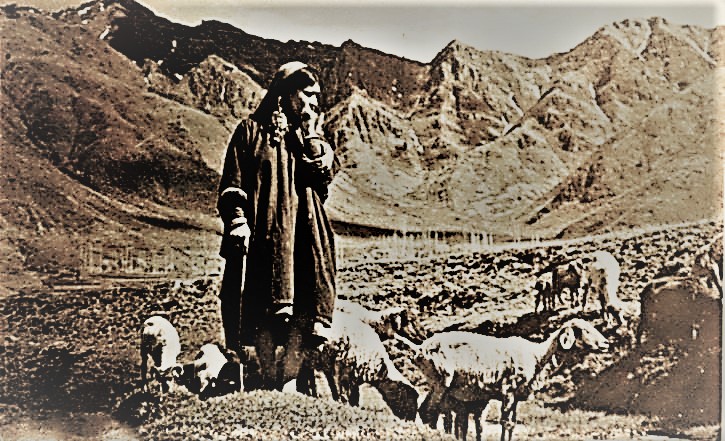
Recent post
The Real Pashmina is an Industry Aggregator bringing Global Sellers (Artisans, Brands, Stores) & Buyers (Retail & Wholesale) of Real Pashmina & Cashmere on One Market.
Pashmina Goat Project is the Official Knowledge Partner to this Platform for Standards, Quality, Sustainability & Ethics.

